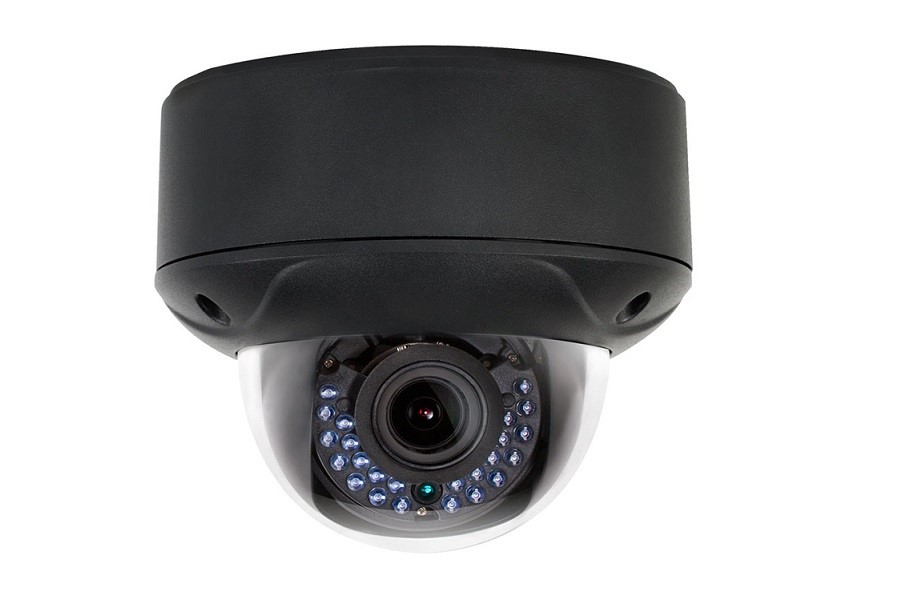How to Select Your Home Security Cameras
- Home
- video recording
- How to Select Your Home Security Cameras
Whether you want to keep an eye on your property while you’re away or deter criminals from targeting your home, home security cameras can help. By streaming footage directly to your phone or other personal devices, you have access to your home at any time. Plus, cameras installed outside your home demonstrates that your home is not an easy mark for criminal activity. What you can see and the effect of your cameras depends on which cameras you select for your Mendham, NJ home. With many options on the market, how do you choose one for this important job? In this article, we’re sorting out the different styles and types of cameras to help you make the right decision. Continue reading to learn more.
CAMERA TYPE
selecting the type of camera is the first step. The camera types are distinguished determined by how much visibility they provide and how they move. Below, we will go into the features, functions, benefits, and detractions of three common types.
FIXED
Fixed cameras are the simplest option; they cover one area and cannot
provide another picture unless you physically move the device. The
benefit of their simplicity is that they don’t have as many pieces that
can break and are therefore highly reliable.
Fixed cameras work well in enclosed areas, like doorways, where physical
barriers limit the amount of space that needs to be covered. They can
also work in series to cover larger spaces. By strategically placing
many fixed cameras all over your property, you can achieve fuller
coverage. In this case, installation becomes particularly important, so
it’s best to work closely with a professional team.
PTZ
AThat stands for “Point, Tilt, Zoom,” and refers to how you can move the
camera to expand the area that a single camera can cover. You can adjust
these cameras on your own or find a model that automatically moves based
on motion or other environmental factors.
While these cameras can cover larger areas, they are not a catch all.
The picture is still determined by the direction your camera is pointed,
how it is tilted or what it’s zoomed in on. Therefore, these cameras
could potentially cause you to miss something in the coverage area.
360-DEGREE
These cameras combine several fixed cameras inside a single housing. The
images these cameras produce are then stitched together for a
continuous, 360 view of a space. Some models allow you to zoom in on a
particular point of the picture as well.
These models are often sold as a catch-all, but there are a few
practical concerns. If you are installing these inside your home, for
instance, physical barriers like walls and furniture could prevent you
from seeing everything. Mapping out a careful plan can avoid these
obstructions
HOUSING TYPE
Next, you need to select what kind of housing will hold your cameras. The answer can affect performance, so we detail three types below.
DOME
These look like a bubble and are good at concealing the angle of the camera. If you are using a PTZ camera type and want to deter crime, then these might be the right option. It will be more difficult for criminals to see that the camera is not facing them; they will just see a camera.
BULLET
This is probably what you see when you think “security camera.” They are
long, usually cylindrical and point directly at the area they are
covering.
Bullet camera housings hold the camera that the front which reduces the
possibility that a glare will distort the image. Fixed cameras are
typically housed in these models.
DISCREET
Sometimes, you don’t want your cameras to be seen. If you are using cameras inside your home, for instance, you might not want to disrupt your interior design. In this case, seek a discreet housing. Some of these are made to look like a smoke detector, while others are installed directly into the wall.
[dt_sc_post_social_shareg post_id="9808" /]

